Sponsored by Saga Prefectural Tourism Federation
At Kashima town in Saga prefecture, there is the shrine named Yūtoku Inari which is one of the most famous shrines in Japan dedicated to Inari. I will introduce this famous shrine to you, it is definitely a must-see place if you visit the Saga area.
Visiting the Yūtoku Inari Shrine
One of the Thrhttps://voyapon.com/yutoku-inari-shrine-japan/ee Largest Shrines Dedicated to Inari in Japan
Yūtoku Inari is dedicated to Inari; you may have heard of the kami (the deities in the Shinto religion) represented by a fox. He is one of the principal deities in the Shinto religion, Inari is associated with rice, general prosperity, and worldly success.
It is one of the three largest shrines dedicated to Inari. The other two are Fushimi Inari Taisha in Kyoto and Toyokawa Inari in Aichi.
Founded in 1687 by the local lord’s wife, Yutoku Inari shrine has been built on a unique place on the steep hill of a valley.
Impressive Architecture for the Main Building
The entrance is majestic with its beautiful door painted in brilliant colors and bordered by a pond filled with carps. What is impressive when you enter is to discover that its main building is built on a hillside. It is located on large red wooden stilts which are 18 meters high. Visiting Yutoku Inari Shrine reminded of me the famous Kiyomizudera temple in Kyoto.
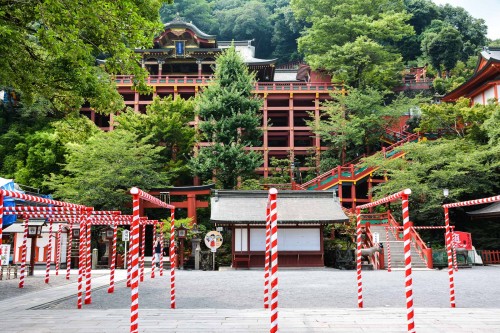
Getting Closer to the “Honden” Building of Yūtoku Inari Shrine
To get to the main building, you have to climb some steps. Before arriving at your destination, you can take a break to admire the beautiful view of the rooftops of the shrine and the neighbouring buildings!
The Main Building of Yūtoku Inari Shrine
Due to the heat of the summer, I had difficulty climbing all these steps to reach the Honden ( the main building ) but it was well worth it. The building is a bright red and the view from above is magnificent. If you are not confident to go up to the top, an elevator allows visitors to directly access it!
The Vivid Red Torii of This Shrine
From the terrace of the main building, you can continue the walk. It leads to a hillside further behind the shrine. During your walk, you will pass under some beautiful red torii.
Climb a Little Higher Up to the Shrine
Along the path, there are several beautiful little shrines decorating the borders of the pathway. Unfortunately, I did not manage to climb all the way up because it was super hot at the end of July. In addition, the path became steeper and I did not have the right shoes to continue, but you should know that at the top there is a small shrine and a breathtaking view of Kashima and the Ariake sea waiting for you !
Many events take place at the Yūtoku Inari shrine throughout the year, some feature dances, others feature traditional shows. The official website of the Yutoku Inari has more information for your visit. Two of the most popular are the Hatsuuma Festival in the spring and the fall shooting ceremony. These festivals have been going on for hundreds of years. Whatever season you are visiting, Yutoku Inari deserves a visit !!!
What to Eat near Yutoku Inari Shrine?
Before you go to the shrine, you might go through this main street. Do not hesitate to stop by if you are there during lunchtime. The many restaurants on the street offer cheap dishes such as the famous Donburi, rice bowls covered with meat, fish, or chicken.
How to Get to Yūtoku Inari ?
- By train, to get to Yutoku Inari Shrine, take a train to Hizenkashima station. Limited express trains from Saga or Hakata Station (Fukuoka) will stop here or you can take the local train. In either way, you can use a JR Rail Pass. When you get off the train, cross the street to the bus center and board the bus to the shrine. It stops just outside the field. As it is a popular destination, many signs tell you where to go to the bus.
- By car, there is a parking lot for free nearby.
Need Help? Contact the Saga Travel Call Center
24/7 Assistance available in English, French, German, Italian, Spanish, Portuguese, Russian, Thai, Korean, Chinese (Mandarin & Cantonese), Vietnamese and Indonesian!!
[cft format=0]
Original article by: Estelle
Translated by: Aika Ikeda
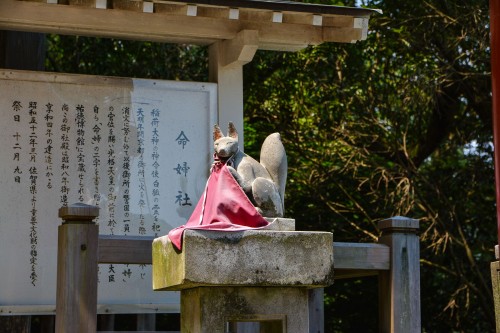
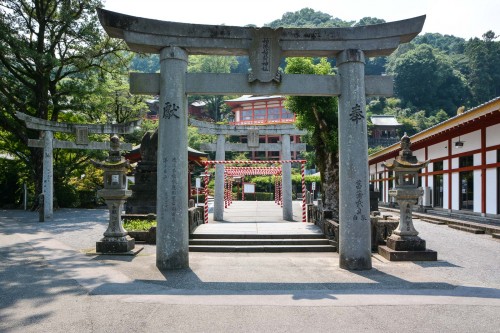
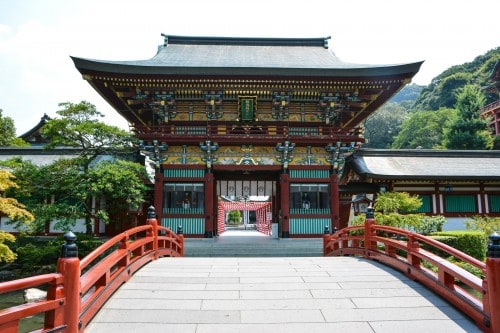
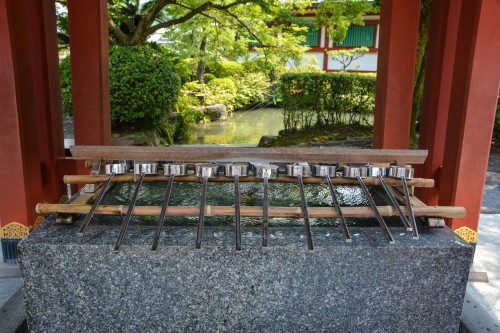
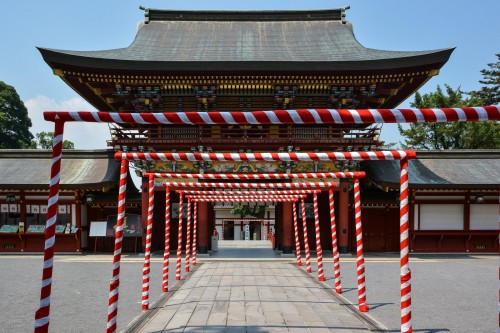
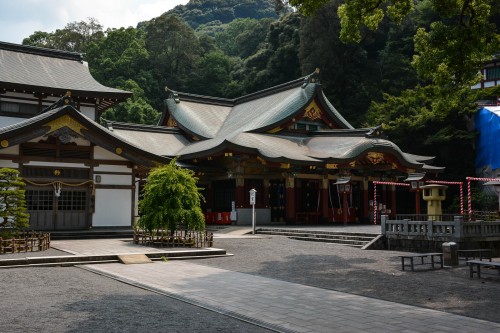
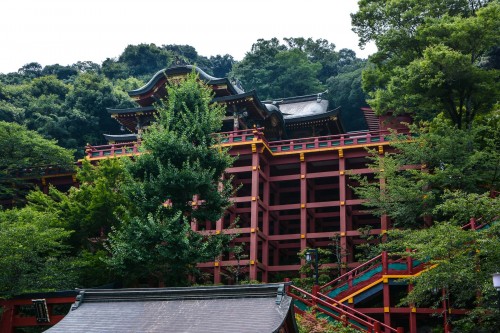
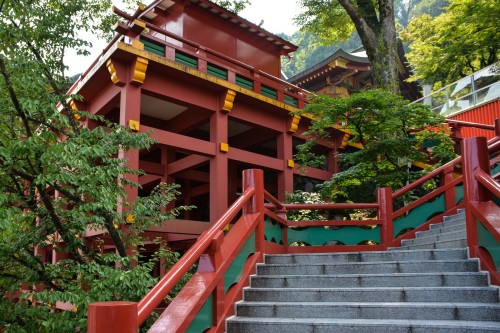

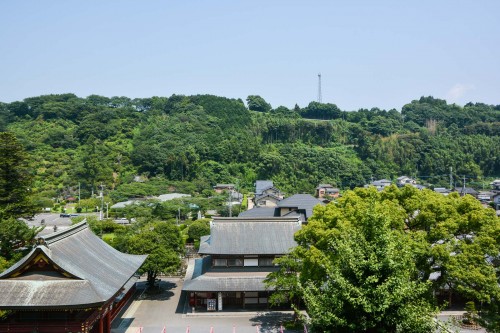
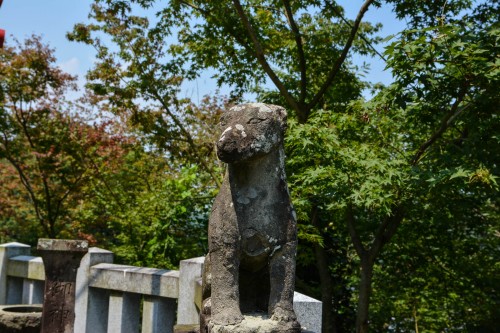
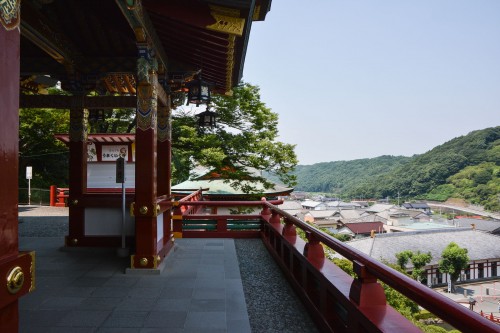
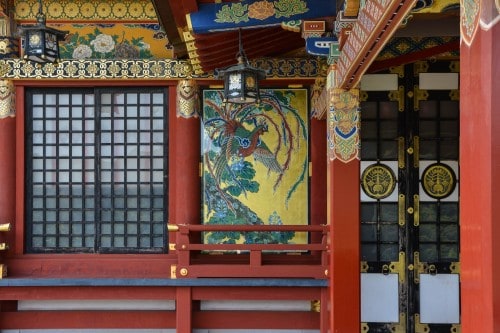
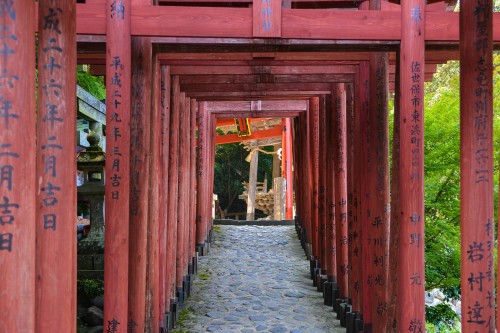
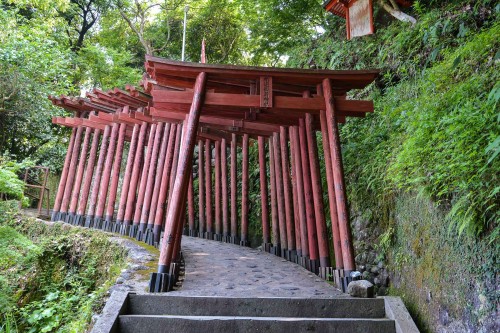
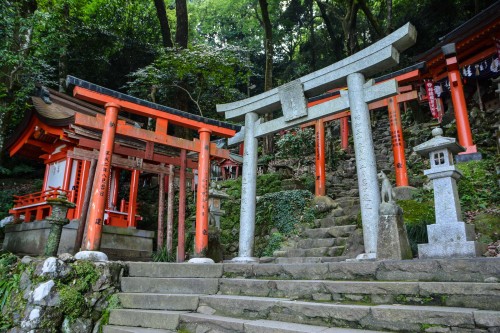
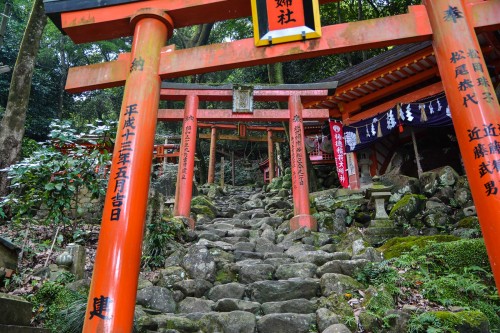
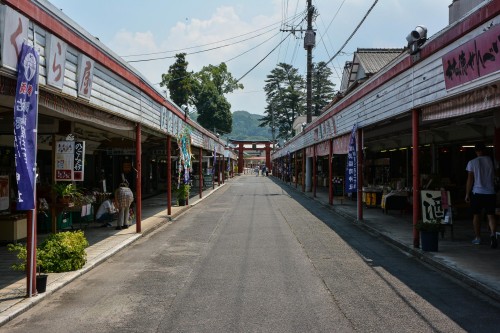
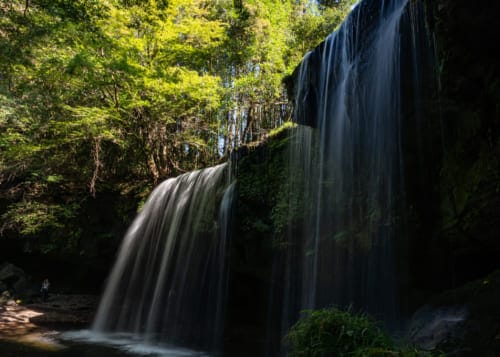
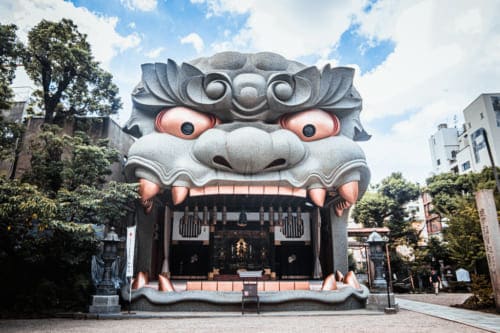

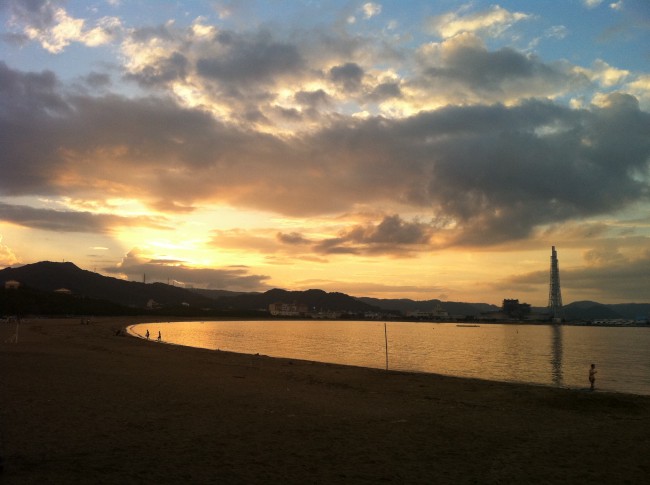
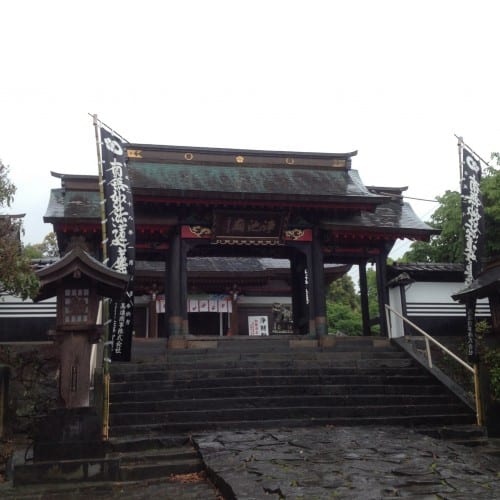


No Comments yet!